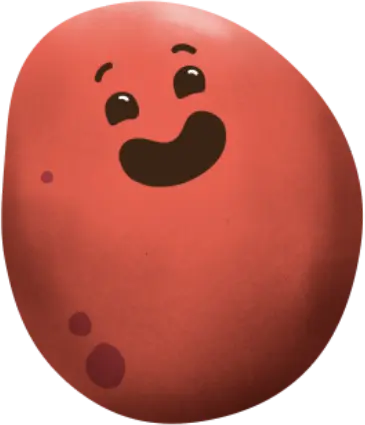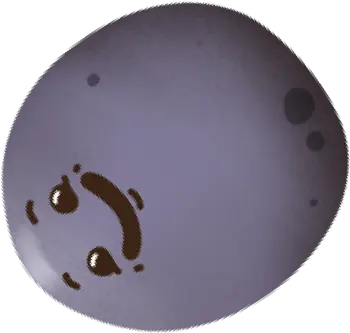Creamer potatoes come in an assortment of colors including yellow, red, blue, and purple.
Sometimes the skin and flesh of the potato are the same color, and other times they contrast.
But how do Creamers get their color?
The coloring actually depends on the genetics of the variety. In other words, an individual potato’s “DNA” determines its color.
Out in the field, we also find that soil can impact color. For example, when we grow red Creamer varieties in soils with higher clay content, the skin comes out brighter and darker. We see this influence mostly with red potatoes, but it can happen with other colored varieties as well.
Heat, sunlight and temperatures during the growing season affect skin color, too.
A lot of photosynthesis, or sunlight interception, helps the Creamer grow to full maturity and helps them taste great also. Creamer potatoes are a temperate crop, meaning they love warm days and cool nights. This definitely affects where we choose to grow our Creamers. We look for ideal farming conditions so we can grow top-quality Creamers with rich deep colors.
Written by The Little Potato Company
Welcome to The Little Potato Company, where our team of passionate individuals is dedicated to bringing you the best potato products in Canada and the US. From cultivation to flavor innovation, sustainability to packaging perfection, we’re committed to delivering an unforgettable potato experience.
But our expertise goes beyond potatoes. We also love sharing our knowledge and insights with you. That’s why we’ve gathered a talented group of writers who have crafted informative and engaging articles about everything potato-related. Whether you’re looking for mouthwatering recipes, tips on potato storage, or fun facts about different potato varieties, our team has you covered.
So, grab a cup of coffee, get cozy, and dive into our collection of articles written by our knowledgeable team. We guarantee you’ll discover new ways to enjoy potatoes and expand your culinary horizons. Let us take you on a potato journey that will leave you craving more.
Join us in celebrating the versatility and deliciousness of potatoes. Read our articles and unleash the full potential of these humble yet extraordinary tubers. Get ready to be inspired and discover a world of potato possibilities. Enjoy!


